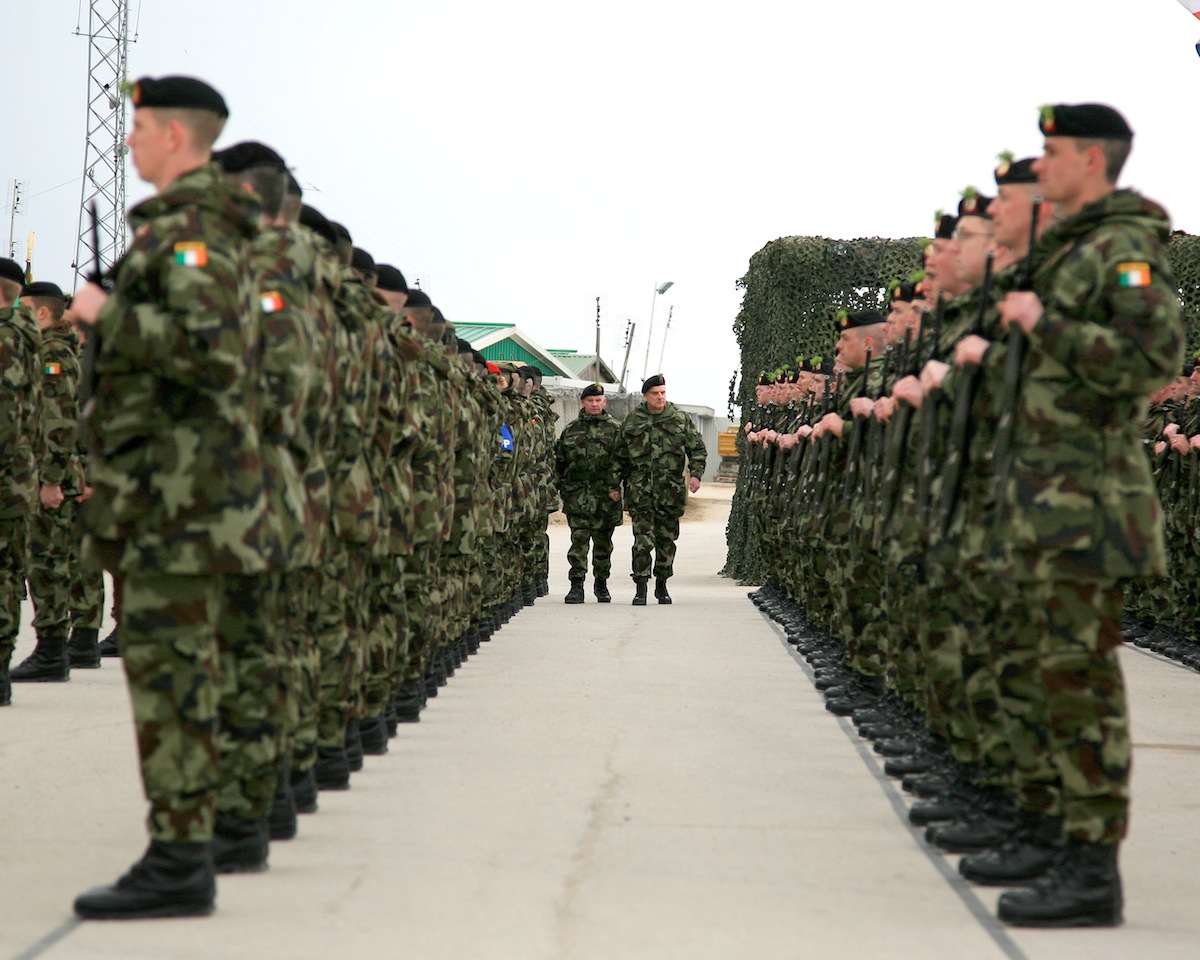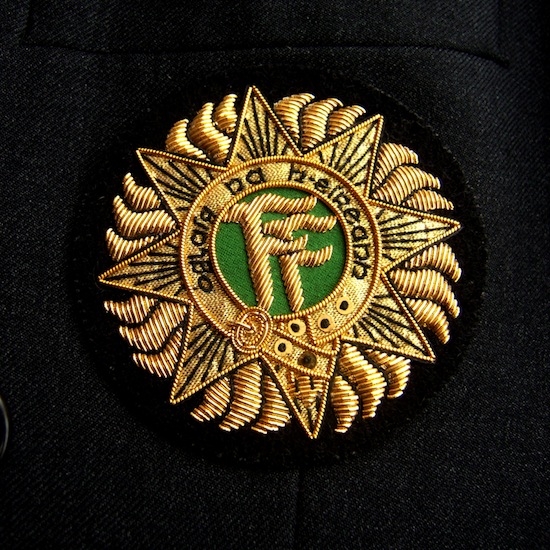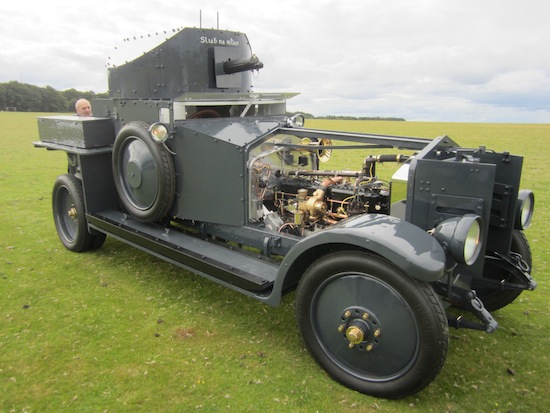Jane Fallon Griffin | Contributing Writer
as we grow up and lose our dreams of pop stardom and Hollywood, the army still remains an attainable childhood goal
In schoolyards around the country, amid the football matches, talent competitions and vast varieties of chasing games, a small playground military force tends to exist. Whether it is a khaki-covered Action Man, pistol-inspired hand gestures or a proposed afterschool super soaker insurrection, some form of imaginary military activity always been a feature of the primary school realm. However, as we grow up and lose our dreams of pop stardom and Hollywood, the army still remains an attainable childhood goal. While a career in the army may not be the obvious career choice for those born outside the traditional military family, the perceived quasi- exotic atmosphere of the military has evidently retained its appeal, with sporadic recruitment drives proving inadequate to cater for the amount of applicants.
The roots of the Defence Forces in Ireland go back to the Irish Volunteers, a force established in 1913 during a period of popular militarisation in Ireland. The crest of the Irish forces evokes the interwoven histories of the army and volunteer movements, with the design originating from the volunteer crest created by early leader Eoin MacNeill. The Irish army’s official name, Óglaigh na hÉireann, also bears this heritage. Modern day reports into the strength of the force indicate that across all corps there are currently 9,359 serving personnel out of which 7510 are active in the army, 791 in the air corps and 1058 in naval service.
With the changes in the makeup of Ireland’s population, it is important that we raise awareness and attract recruits from all backgrounds, including the new Irish, so that our Defence Forces, Permanent and Reserve, reflect the society that they serve
The choice of corps and station (cadet, recruit or apprentice) is a personal one for the applicant depending on what role they deem most appealing. While the army continues to attract young male recruits both post-Leaving Cert and as graduates, the same figures are not seen among the female population with current figures reporting 562 female personnel. The Defence Forces feel that this problem stems from stereotypes regarding the role of the female in society, which are reinforced by parents and educators. An attempt has been made to combat this by sending speakers to girls’ schools to give a positive, gender-equal portrayal of modern military life. The creation of the position of Gender Equality Officer in the forces has also addressed female under-representation. Furthermore , minimum height restrictions have been lowered to 5’2” to encourage the generally slighter physicality of the female . Minister for Justice, Equality and Defence, Alan Shatter has spoken of efforts to ensure that the forces reflect the diversity in modern Irish society not only of in terms of gender equality, but also involving newer Irish citizens: “With the changes in the makeup of Ireland’s population, it is important that we raise awareness and attract recruits from all backgrounds, including the new Irish, so that our Defence Forces, Permanent and Reserve, reflect the society that they serve.”
Failure to perform leads to dismissal
Before being accepted however the candidate must undergo psychoanalytic tests, medical checks and physical investigations check in St. Bricin’s Military Hospital in Dublin. Endurance is tested with timed sit-ups and press-ups, and finally a timed distance test which is gender appropriate. Males must run 2.4 kilometres in eleven minutes and forty seconds, while females must complete the same distance in thirteen minutes and ten seconds. Following this the prospective soldier attends overnight training . Failure to perform leads to dismissal. Those who progress past the fitness test are introduced to the realities of military life through interaction with serving cadets. Teamwork exercises feature prominently throughout the trial, in order to test leadership and communication skills. The final stage is an interview which tests discipline, communication and understanding.
Those entering at the rank of recruit are simply required to satisfy the recruitment officer of adequate intelligence
Applying for the role of cadet puts one on course for a future as an army officer. Selecting the position of recruit expresses a desire to enter the general ranks of the army while an apprentice focuses on maintaining military supplies and machines. Entering the rank of cadet requires official educational qualifications such as minimum leaving cert requirements, or a recognised college degree. Those entering at the rank of recruit are simply required to satisfy the recruitment officer of adequate intelligence. Cadets must be aged between 18 and 28 upon entering the Defence Forces.
In most conversations about the Irish military, the Curragh will be mentioned. I decided to visit this historic site to see if I could learn more about military life in Ireland. The presence of barrier checks and warnings of active shooting ranges add an organised atmosphere to what at first glance appears to be a small town complete with a post office and shops. The Defence Forces aim to engage civilian interest in its military history and as such have erected a military museum in the heart of the camp. The Visitor Centre is surrounded by an array of military vehicles used by Irish troops.
The presence of barrier checks and warnings of active shooting ranges add an organised atmosphere to what at first glance appears to be a small town complete with a post office and shops
While examining one such vehicle I was joined by a man in his late sixties. What began as an offering of snippets of information on the armoured car evolved into a full-blown conversation, in which I got a great insight into military life. Reluctant to be named, he spoke proudly of his experiences serving in the armed forces, many of which took place when he was still in his teens. He came from a military family, and grew up in the Curragh watching his father serve. He eventually followed suit and enlisted, while his three sisters married soldiers. Female recruitment was not as prominent in his experience. The army had allowed him to see the world through tours of duty in the Middle East. He mentioned a colleague called John, who was illiterate when he joined the army at the age of fifteen, and within a few years of service had completed his state examinations and assumed an administrative military role.
the military continues to give soldiers access to new educational opportunities
As in the case of John, the military continues to give soldiers access to new educational opportunities. Entrants without a degree have the opportunity to attend university while housed in army accommodation and in receipt of an allowance, under the condition that they agree to a term of service afterwards. For each year an officer spends in university an extra two years of service is required.
For those pursuing a career more suited to the civilian lifestyle, it is possible to register with the reserves
For those pursuing a career more suited to the civilian lifestyle, it is possible to register with the reserves. The reserve forces offer the recruit the experience of army life without requiring the same level of commitment as permanent soldiers. The force is separated into the first line and the second. The former accommodates previously trained troops while the later comprises of army and naval reserves.
For those interested this may be their call to arms.
While the armed forces may not have the same central role in Irish society that the do in the United States or the UK, they are still an important organisation. Irish demands for soldiers are naturally less than those in countries engaged in ongoing combat. Although many people I spoke to who were interested in a career in the defence forces seemed disheartened by the sporadic recruitment drives, there is cause for hope. Last Friday afternoon, the citizen ceremony in Waterford saw Alan Shatter announce the creation of a further nine hundred jobs between permanent and reserve forces. For those interested this may be their call to arms.









